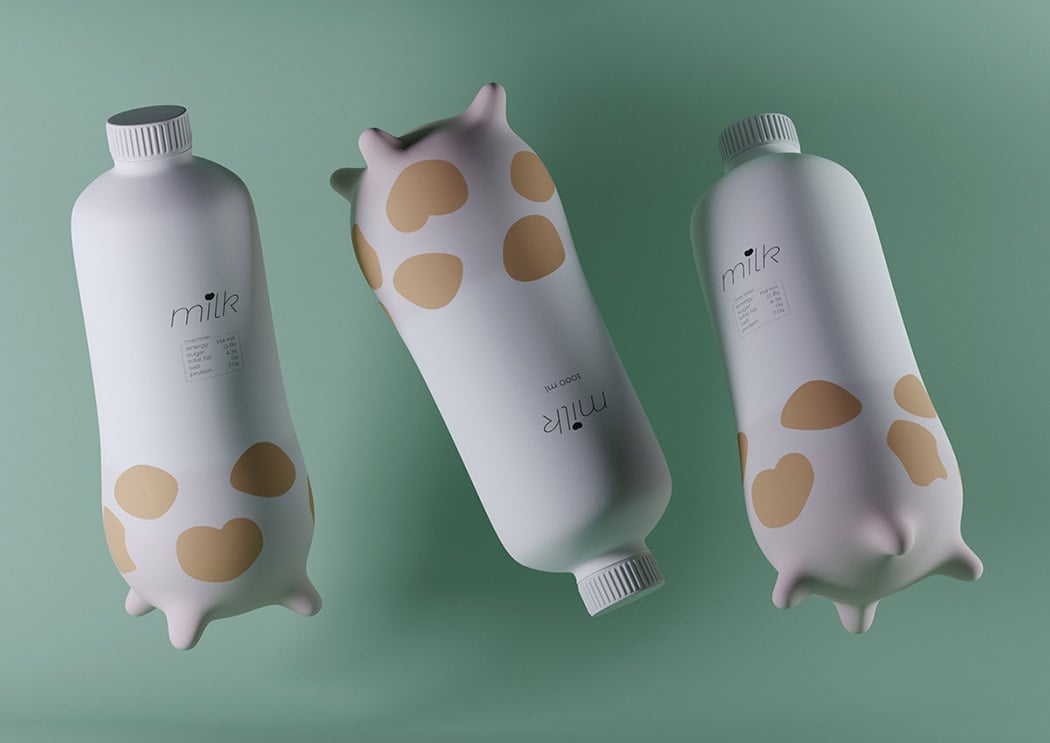
A great packaging design is extremely critical in today’s consumer-centric world! Especially when it comes to products, the packaging is what draws a customer towards them. The packaging design determines the customer’s first and last impression of the product! It pulls the consumer towards the product and even drives them to purchase it. Hence, allocating time, effort, and energy to create an appealing packaging design is extremely crucial, and designers are leaving no tables unturned in doing this. The result is – innovative, interesting, and attention-grabbing packaging designs that are hard to miss, and we’ve collected a few for you to admire!
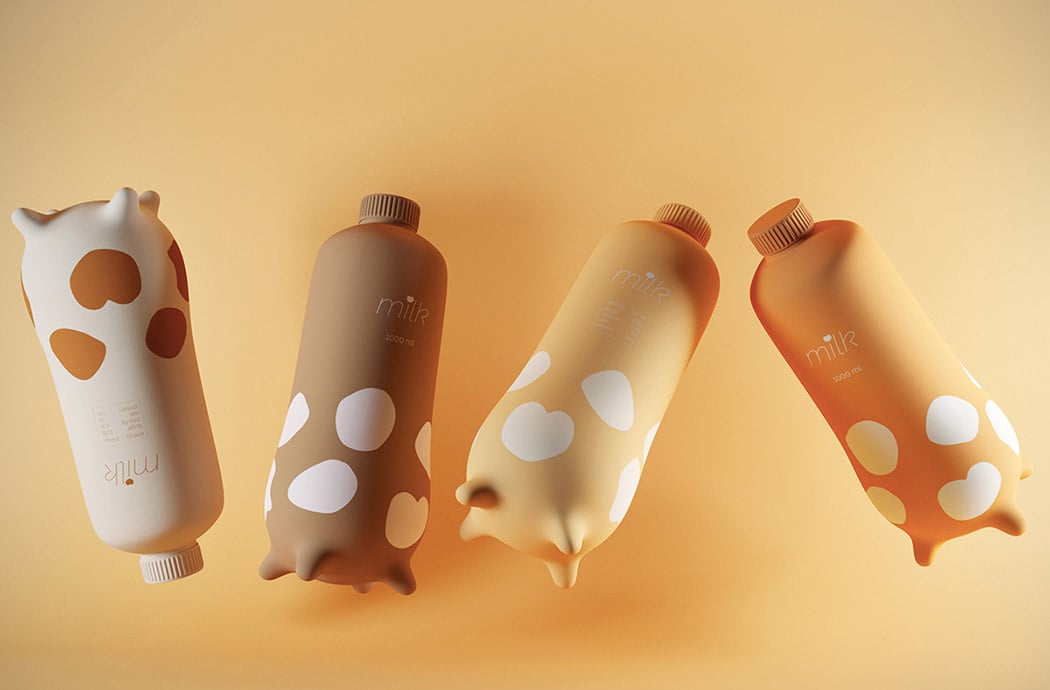
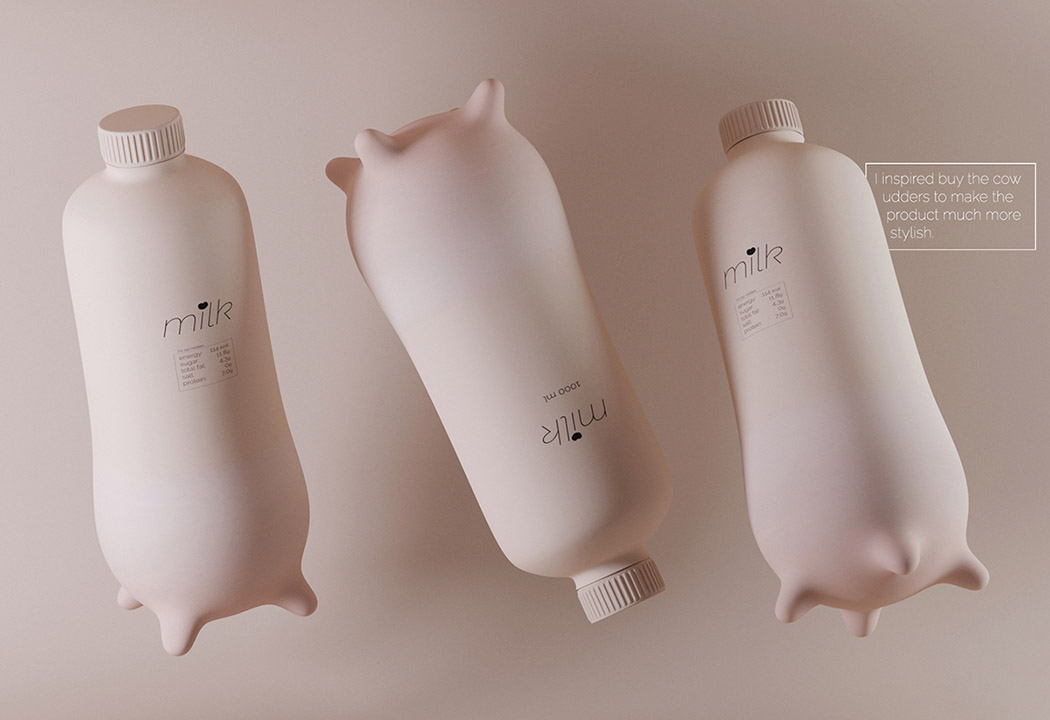
We’re always in the mooooood for a good packaging design and this one is udderly the best! Quite simply, it’s shaped like a cow’s udder which is not only freakin’ cute but ergonomic. Four little teats give it a little stability and something to hold on to when you’re pouring a cold glass of milk! Available in different cute shades, I honestly wouldn’t mind a glass of milk every morning, if I get to see this cow-inspired carton every day!
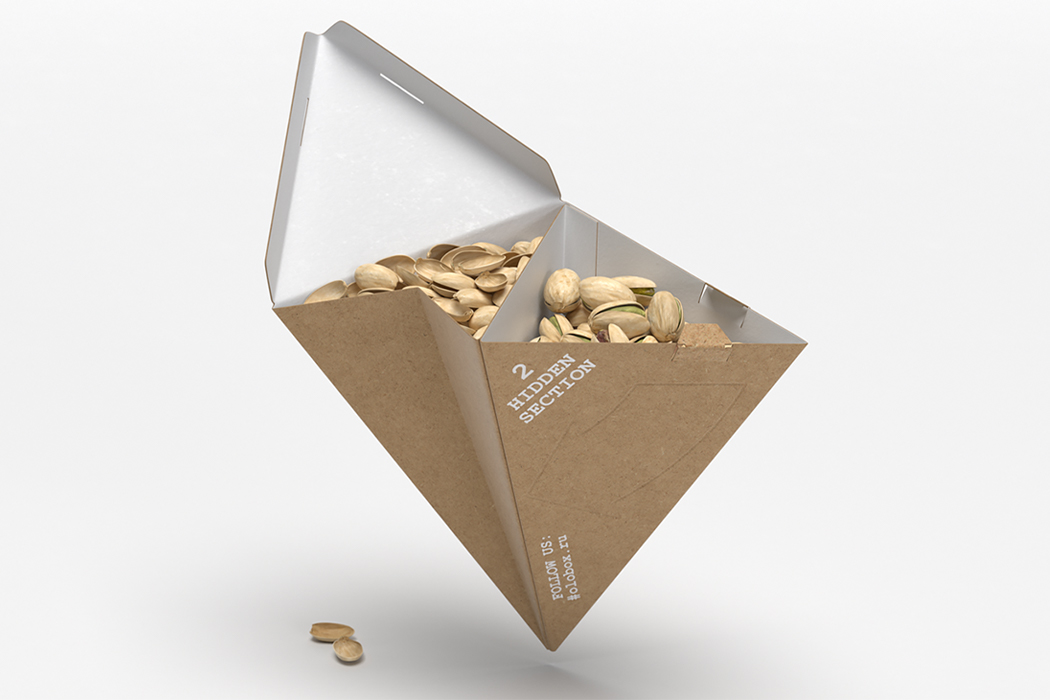
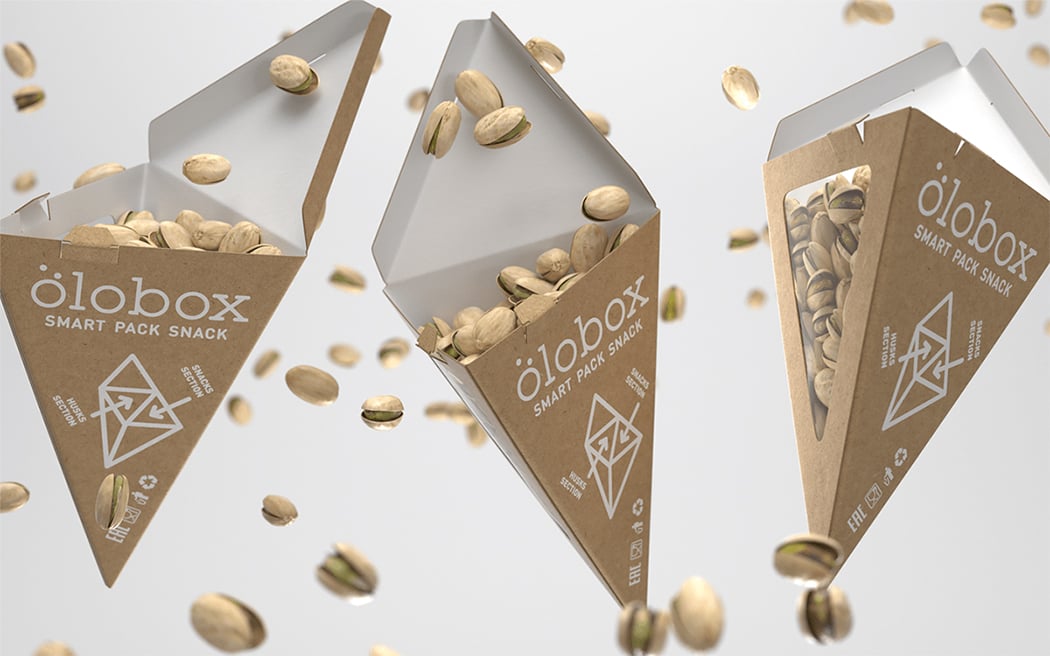
Who avoids eating pistachios because of the mess the shells create? Well, we might just be in luck because ÖLOBOX was designed with a pocket for shells inside the packaging itself which allows you to eat snacks like pistachios anywhere! The origami-inspired packaging design is meant for snacks that need shelling before eating. The husks section is inside and opens after the pack is opened. When you finish eating, simply close the pack with shells and discard it responsibly. ÖLOBOX aims to encourage a new culture of healthy snacking and an attentive attitude that takes into account how we interact with the packaging, if it makes snacking easier, what happens to the packaging after the snack is done, and more.
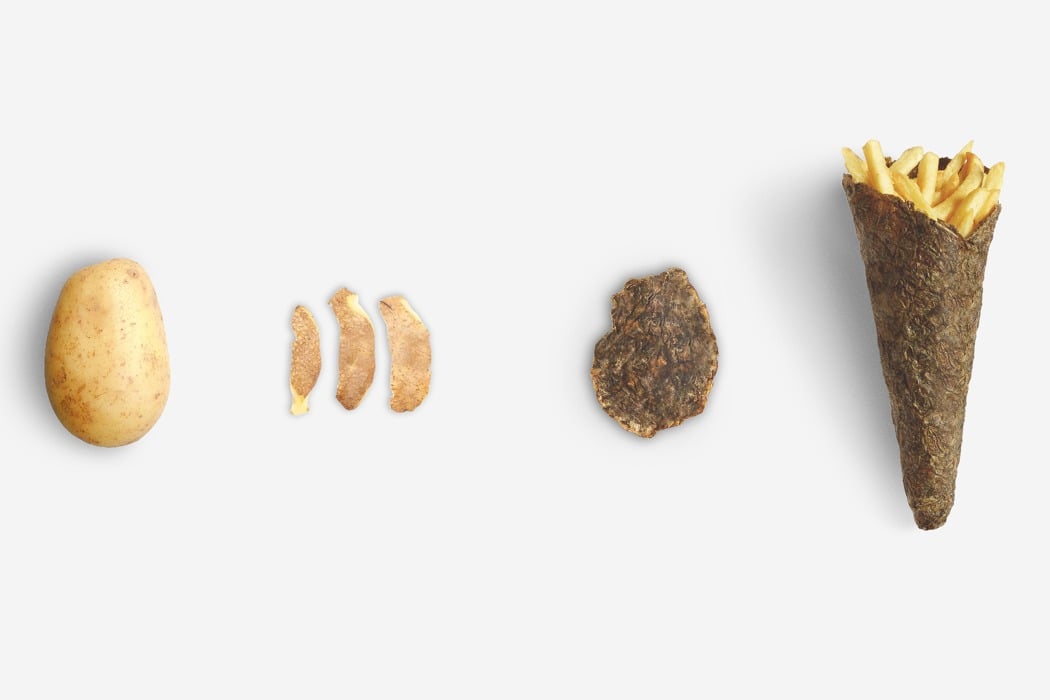
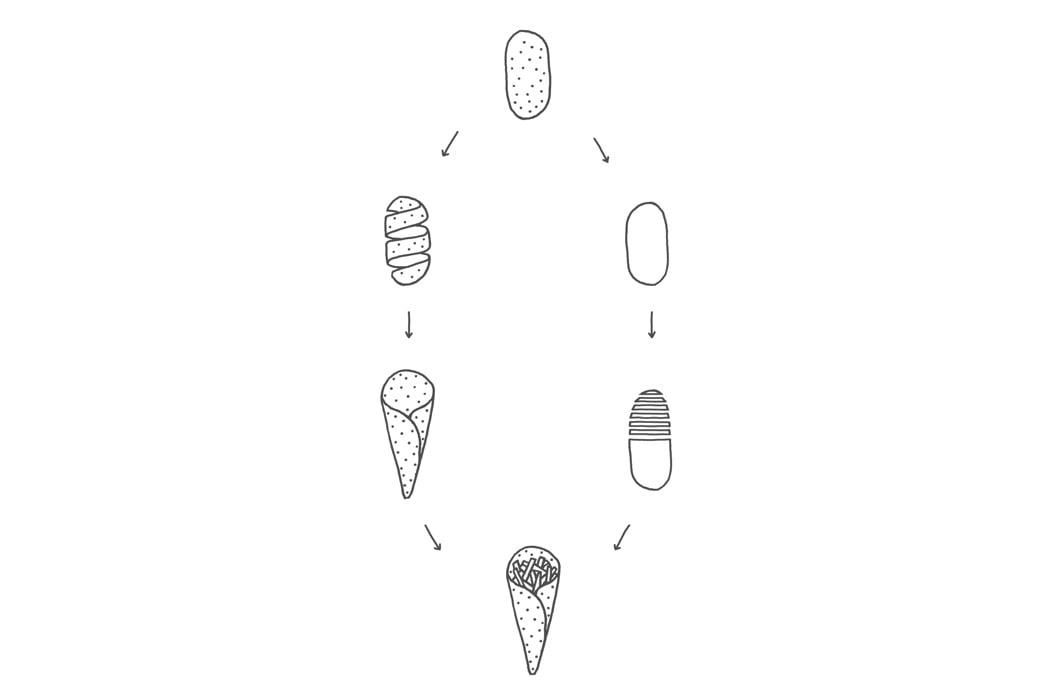
Designers Simone Caronni, Pietro Gaeli, and Paolo Stefano Gentile have put their heads together to create an all-new food packaging design that’s… well… so meta! After learning about how much peel waste was created in the process of making fries, the team explored different ways to reuse the discarded matter. After softening and naturally drying potato peels (which are made up of starches and fibers) the organic material can bond and harden into the desired cone shape. The resulting material is made entirely of production waste and 100% biodegradable. After being used, the peel packaging can be reintroduced to the biological cycle to become animal food or fertilizer for crops – including potatoes!
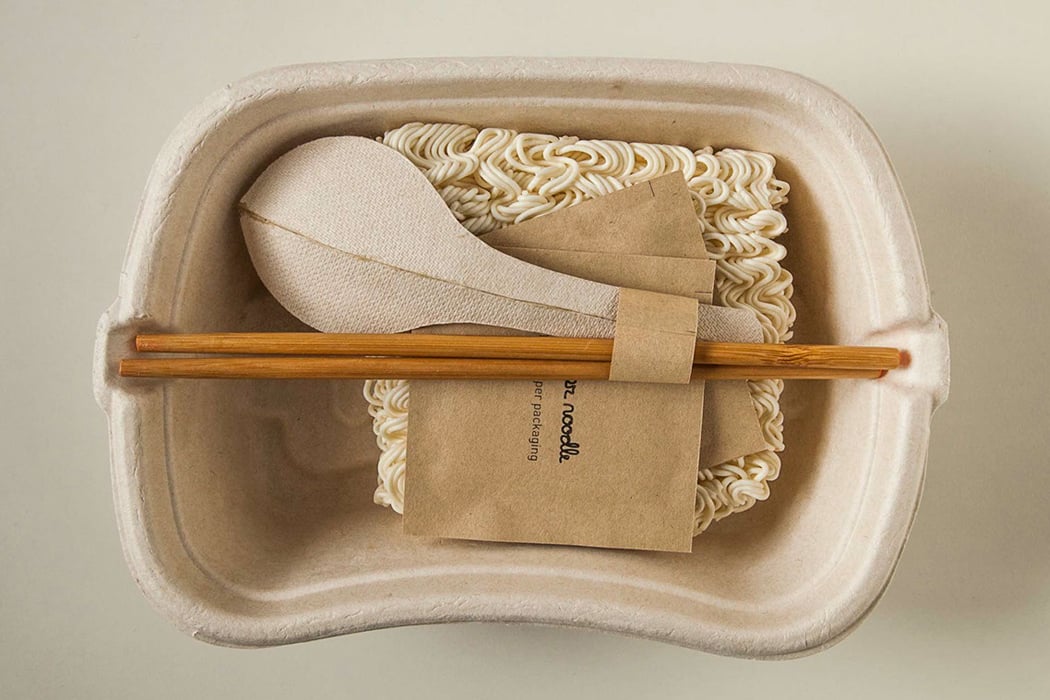
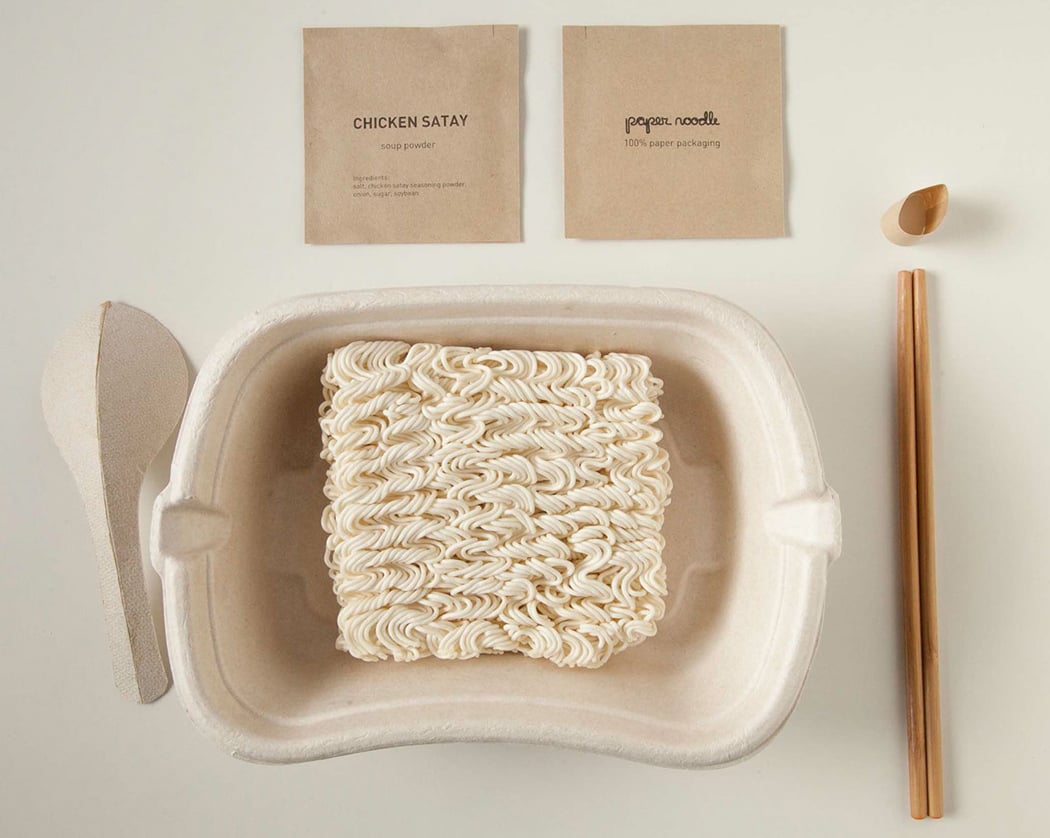
A 100% paper noodle packaging was created by Australian student Emily Enrica. Her design is called Paper Noodle which will stick in your memory because it is so easy. Her packaging is made from paper pulp which is 100% biodegradable, recyclable, microwave safe and FDA tested food safe. The design of the box is ergonomic which makes it comfortable to hold even when the contents inside are hot. The belly band of the box is made of debossed paper pulp too. It comes with a cover label that keeps the noodles sealed. Even the spoon is made of paper pulp further reducing waste. Now that is a cup of noodles – serves you and the environment!
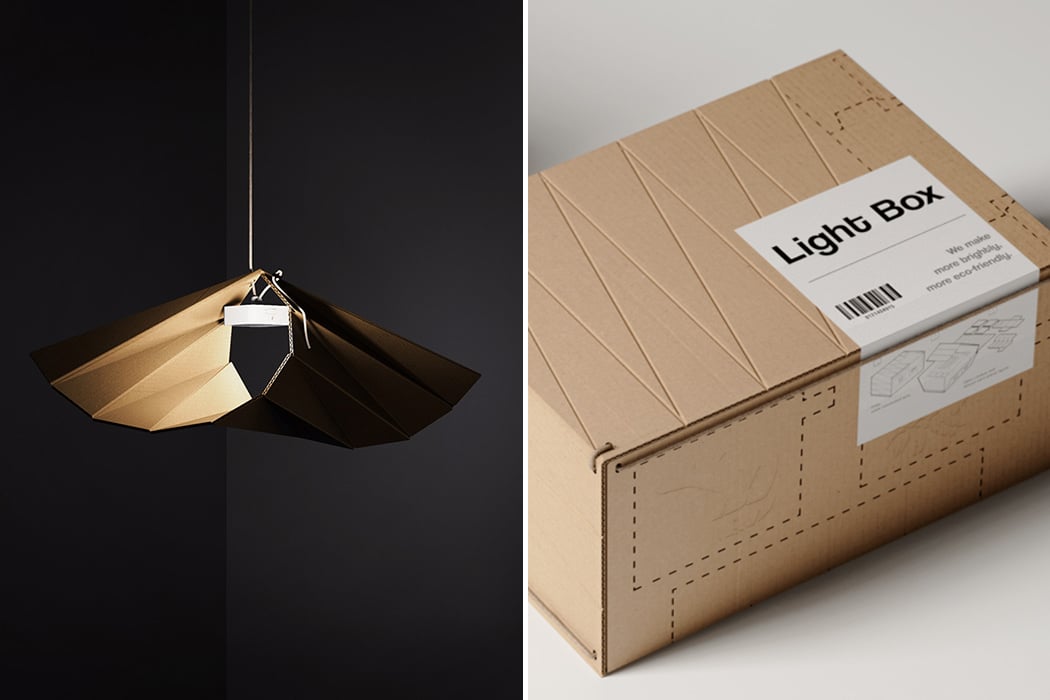
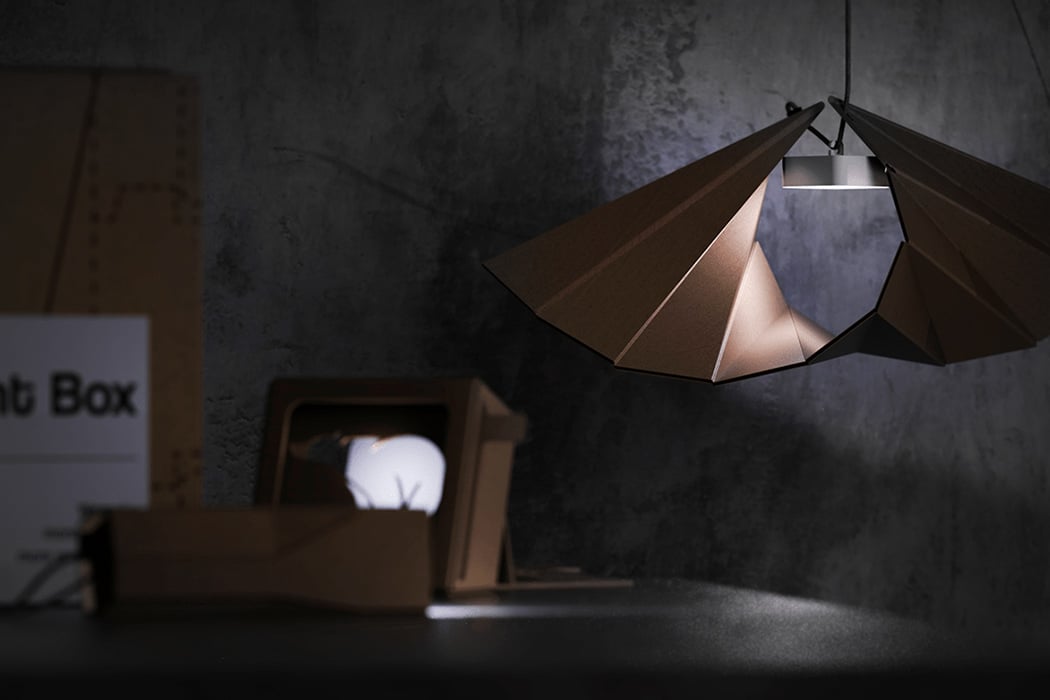
Most designs have not found a way to integrate their packaging as part of their product, but they should take notes from the Light Box. So what is it? True to its name, the Light Box is a mini electric light kit, consisting of three small light bulb modules, three solar panels, and a charging wire. The cardboard packaging, an eco-friendly, lightweight box (see what they did there?) that contributes to the product’s commitment to sustainability. In addition to being biodegradable, the packaging can also be used as an integral part of the lighting kit. How do these two elements work together? Each side of the box has its own “deployment diagram” with perforations and pre-stressed lines to indicate where you should fold. These cardboard-origami structures serve as holders for the mini light modules, creating unique hanging fixtures for your space.

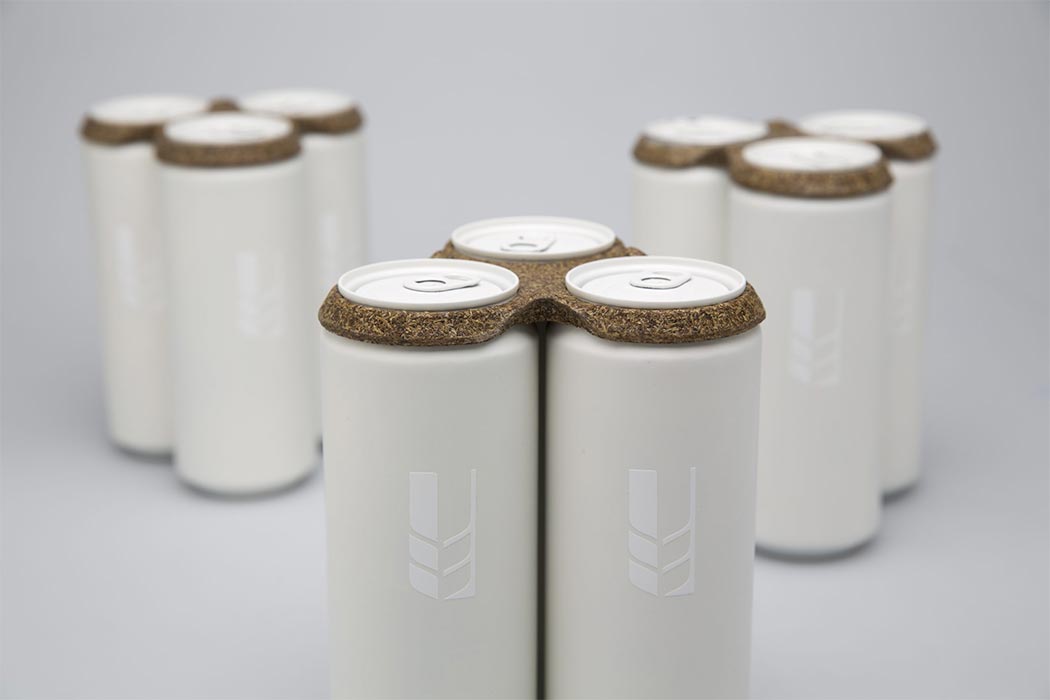
‘Trebodur’ is an organic material made entirely from brewers’ spent grain! Brewers’ spent grains are the residues that accumulate from barley malt during the process of lautering while making beer. So what binds the material to give it strength? The contained proteins in the spent grains act as a natural binder, now that’s a self-sufficient material! Creators Niko and Tillmann did extensive research and several experiments with natural fibers and binders. Being 100% biodegradable, Trebodur is a perfect choice for creating products that are used and thrown at large events or even in PR packages. It can be used for all kinds of packaging products and become a substitute material for paper and plastic packaging.
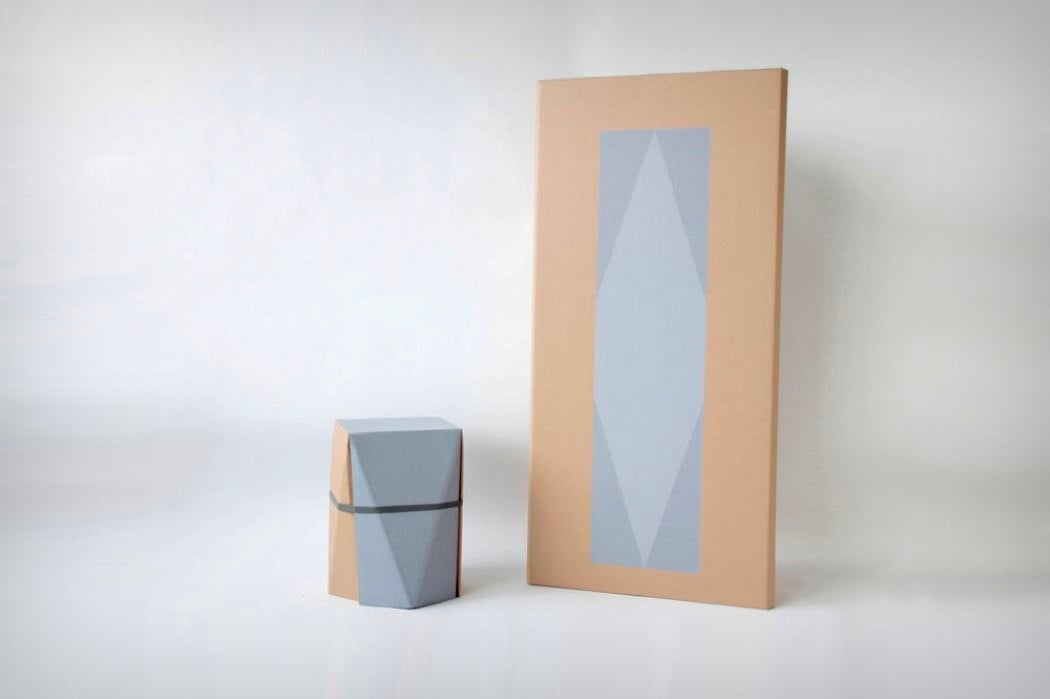

Designer Xiang Guan redesigned the packaging for IKEA’s Hilver table to serve more of a purpose than packaging. With a pattern printed on it serving as a folding guide, the packaging for IKEA’s table turns into a stool that you can use with the said table. “Around 30.5 million tonnes of household waste are generated in the United Kingdom every year. With this in mind, FOLD is a packaging designed for IKEA’s “HILVER” table that encourages upcycling”, said Guan, who secured a Red Dot Award and Core77 Award for his innovative solution. Unlike most upcycled furniture, the Fold stool comes with a faceted design that looks good in most homes, and the print on it breaks the monotony of the brown cardboard color. The stool uses the corrugated board that comprised the packaging, with just an extra rubber band to hold it in place, making it not only convenient to assemble but also easy to disassemble and recycle after it finishes serving its purpose.
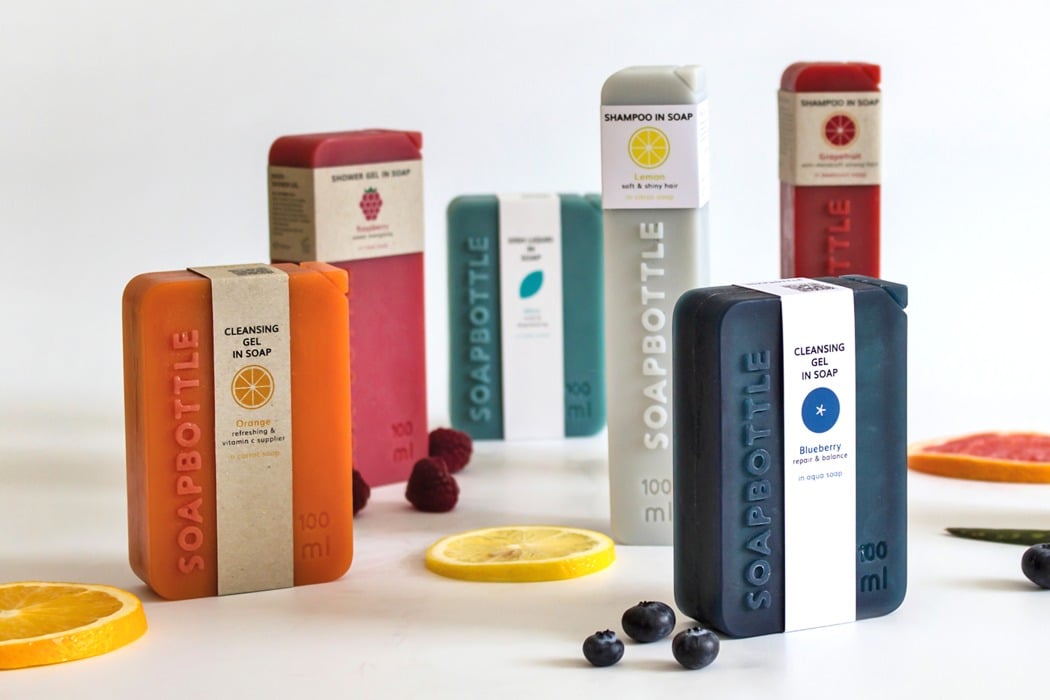
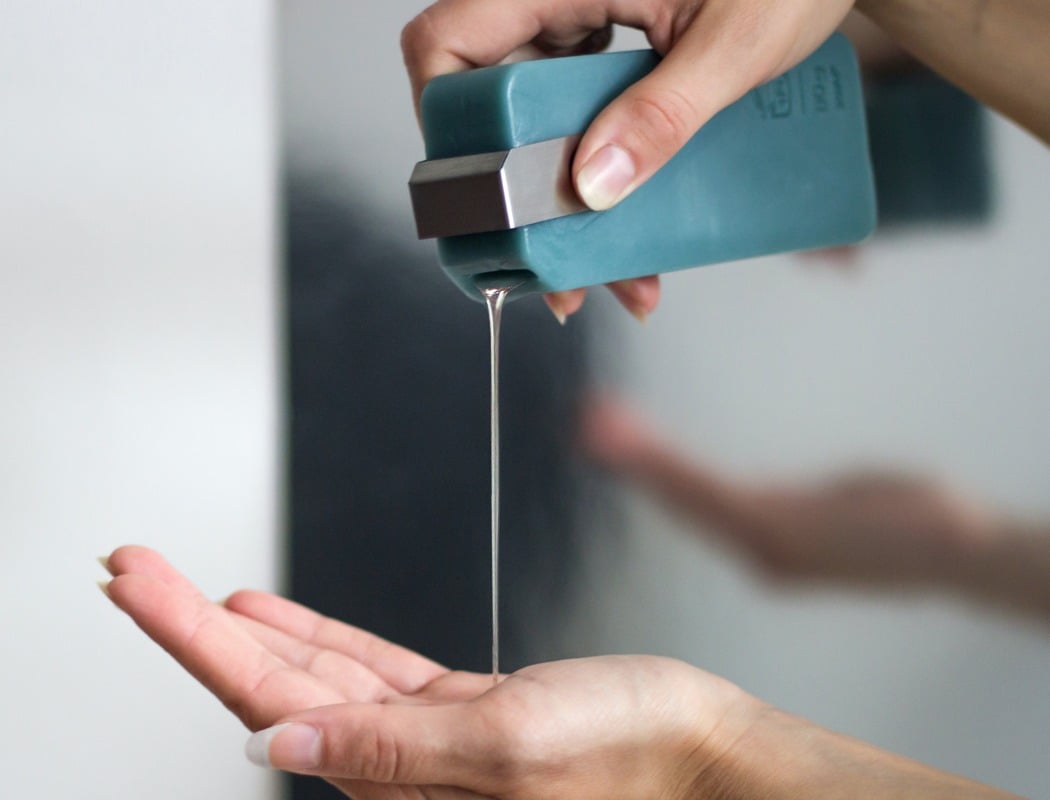
SOAPBOTTLE is an elegant, waste-free product that does two things – it eliminates those pesky throwaway plastic bottles while giving you extra soap! Each SOAPBOTTLE comes in a slick, rectangular form factor with 100ml of liquid body wash on the inside. To ‘open’ the SOAPBOTTLE, all you need to do is shave the marked corner off and you can pour the liquid soap out the way you pour milk out of a carton. When the liquid runs out, the bottle itself can be used as a bar of soap all the way till it eventually disintegrates into nothingness, leaving absolutely no plastic waste behind. All that is left behind is the reusable metal clip that snaps onto the SOAPBOTTLE, allowing you to open and close it during use.
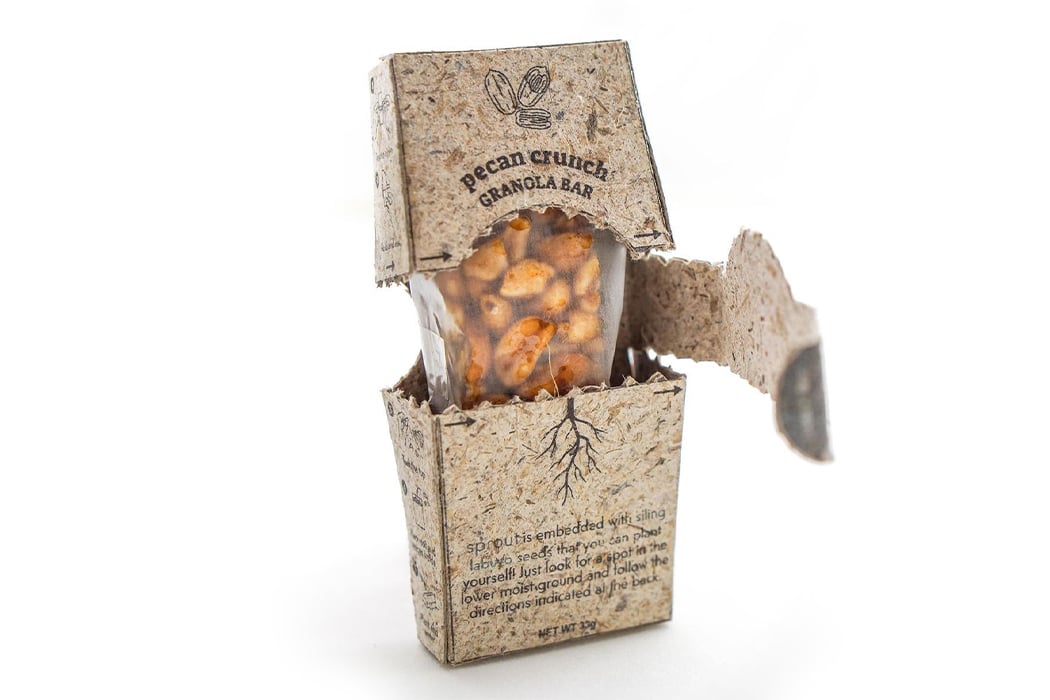
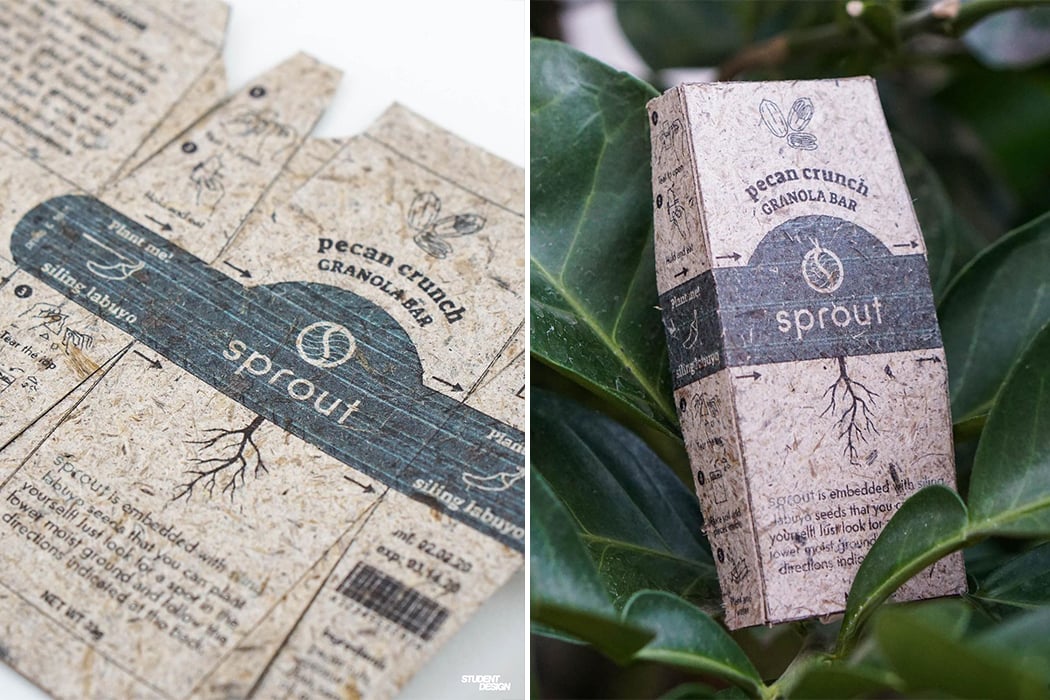
I am constantly looking for innovative packaging designs that can inspire the design community to continue building on sustainable solutions and I am adding Sprout to that list! It is an environmentally friendly packaging that aims to contribute to the growth of local plants. I also love that the design is interactive – you can learn about the seeds and plant them instead of discarding the packaging! Sprout’s plantable feature ensures that its life does not end right after consumption; its purpose continuously changes before, during, and after use – it’s where circular economy meets sustainable design. Each seed was selected after intense research to pick those that are non-invasive and would be seamlessly embedded in the Pinyapel material. Pinyapel is a specialty paper made of discarded pineapple leaves and was the result of an initiative led by the Design Center of the Philippines to give local communities and resources a boost.
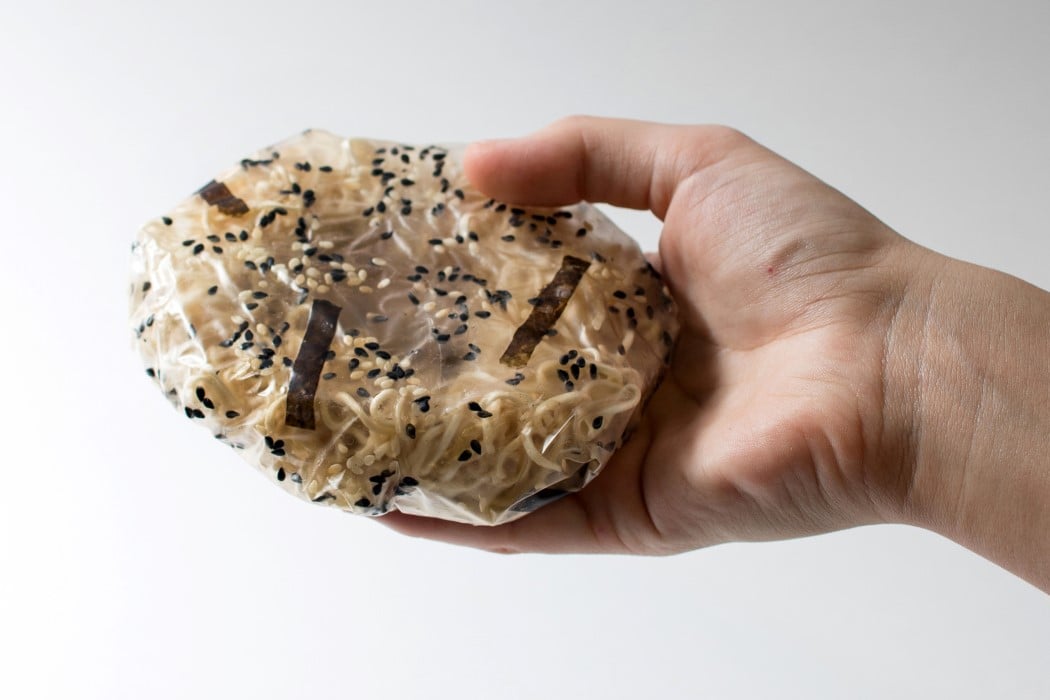
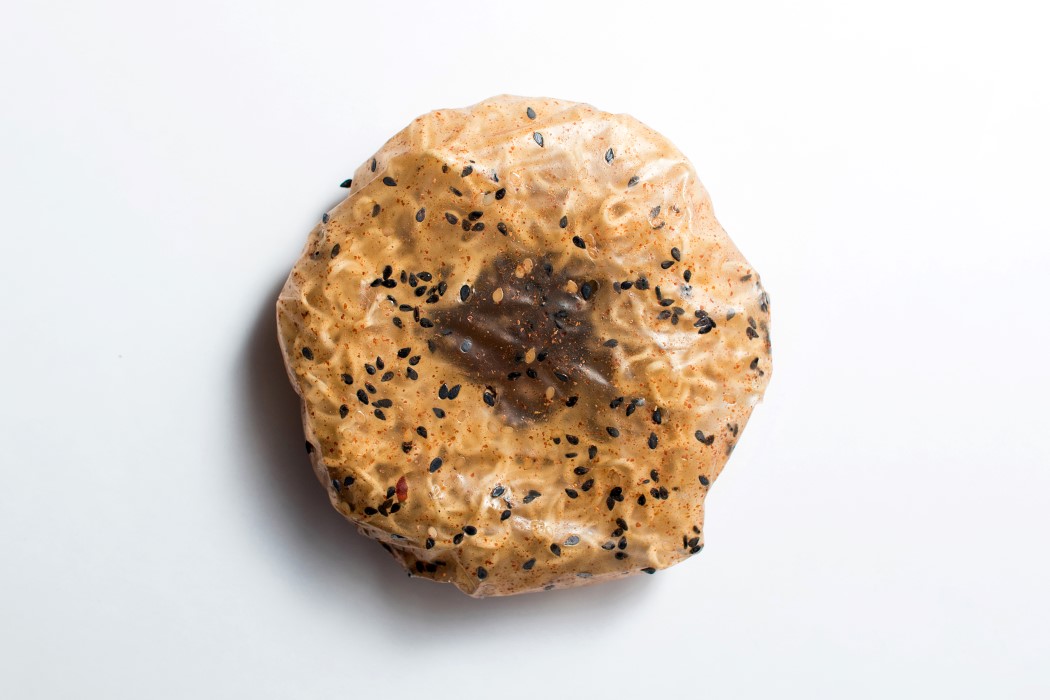
The Dissolvable Noodle Packaging finds a unique, no-waste packaging solution for instant-ramen. Instead of wrapping the noodles in layers of plastic (with an extra plastic sachet filled with the tastemaker powder), Holly decided to develop an edible, spice-infused biofilm to package the noodles in. When you want to cook yourself some ramen, just insert the pre-packaged noodle cake into hot water and the biofilm dissolves in the water, turning it into a flavored broth! “The packaging becomes the sauce”, says Holly, who managed to design and develop her solution right in her own kitchen! The biofilm uses simple, edible ingredients like potato starch, glycerin, and water. “The ingredients are blended and heated until the mixture is at the right thickness. At this point, I add the spices and flavorings before pouring it into a mold to set for 24 hours”, Holly mentions.
0 Commentaires